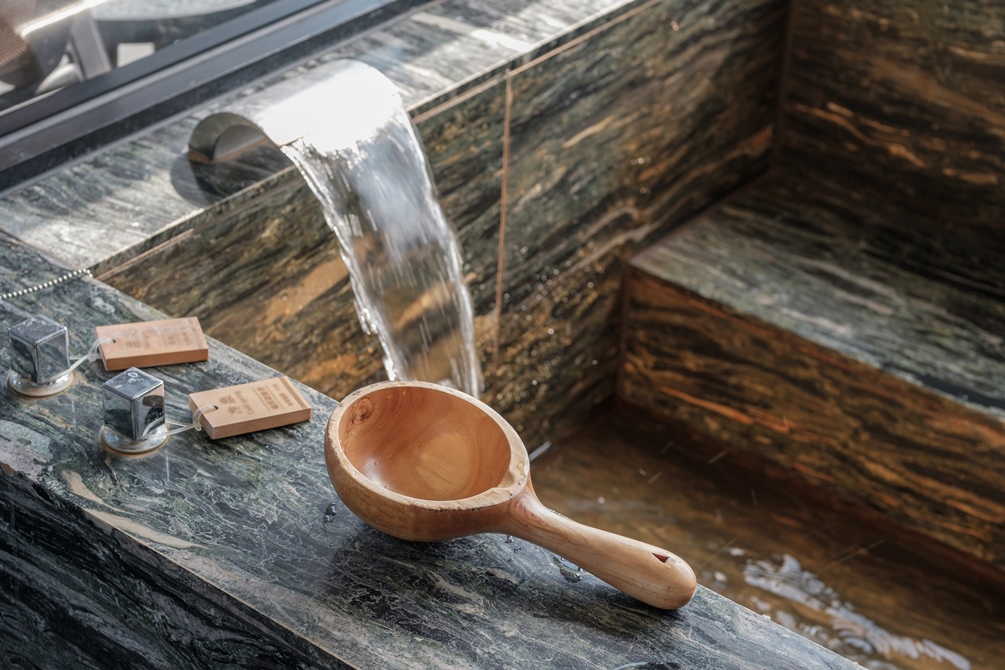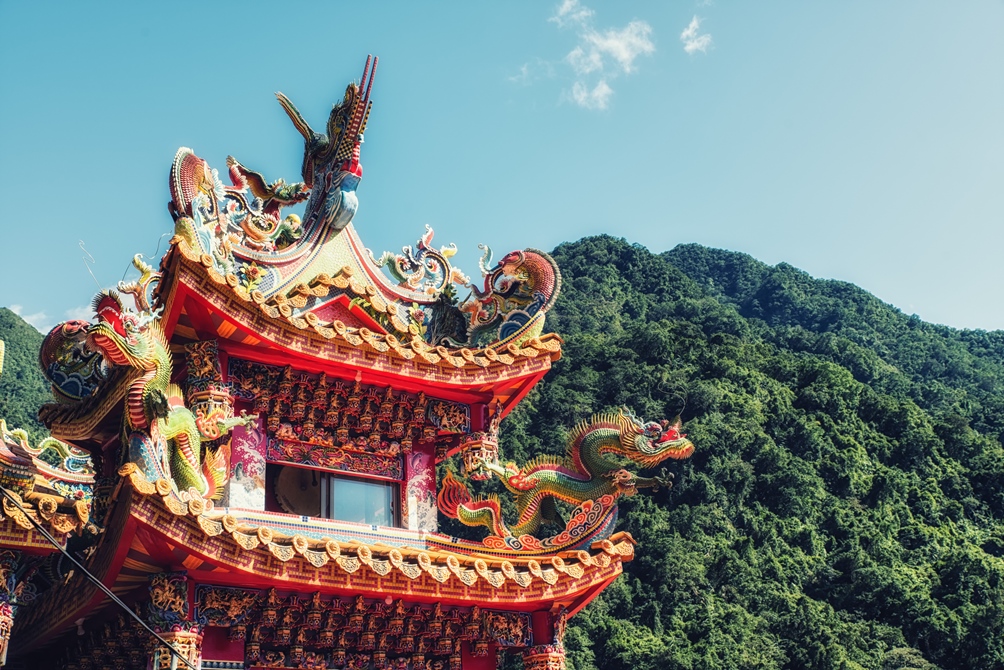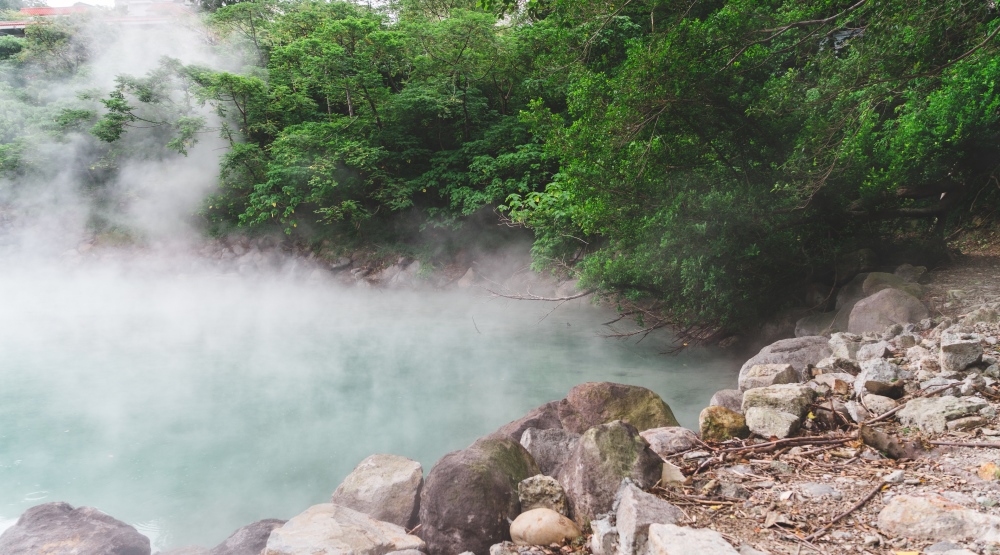Hot springs have been renowned for their rejuvenating and therapeutic properties for thousands of years. While in Taiwan, Professional Beauty got to experience firsthand their sublime but stinky benefits.
Taiwan, often referred to as ‘the Hot Spring Kingdom’, is ranked among the world’s top 15 hot spring sites.
One of the most popular hot spring areas is Beitou, located just outside of Taipei, which has been visited by local and international tourists looking for some rest and relaxation for more than 120 years.
It opened after Osaka native Hirado Gengo opened Tenguan, Taiwan’s first hot spring hotel, when the Japanese occupied Taiwan.
It was the start of a whole new hot spring culture that spread all around the country.
Today, the Beitou hot springs region refers to an area covering the Hell Valley, Longfeng, Fenghuang, Hushan Village and Xingyi Road.
 ]
]
There are more than 30 resorts in this region, where guests can hop from one hot spring to another, each with varying temperatures and spa enhancements, such as jet streams, bamboo bottoms, copper floors to stretch out on and much more.
The springs are marketed to tourists depending on their interest, with modern modifications of hot springs including hydrotherapy, spring pools, spring saunas, spring massage pools, health bathing houses, and spring health centres.
One of the primary sources of hot spring water for the resort area is the Beitou Thermal Valley, also known as ‘Hell Valley’, which tourists can visit either pre or post soak as it’s just a short walk from the spring hotels.
At first glance, the emerald green lake in Hell Valley looks stunning – but it is boiling hot and absolutely stinks.
The lake, which sits between 80 and 100℃, emits sulphuric steam that has an extremely strong stench that covers the entire valley and basically smells like a huge fart.
The water is high in sodium carbonate which is responsible for the lake’s stunning colour, as well as many other chemicals and minerals thought to be beneficial for health.
Traditionally, because the lake was so hot, people would boil eggs in the lake and eat them.

Today, due to health and safety restrictions, tourists are unable to cook their own snacks in the lake but can still buy hard-boiled hot spring eggs near the entrance of the park.
There’s no doubt that if you are visiting Taiwan, a visit to a hot springs region is necessary.
Whether you prefer hot springs, cold springs, mud springs, seabed hot springs or a combination of all four, there is a hot spring to suit every need – just be sure to pack a nose peg and thoroughly rinse off after bathing in the hot springs to avoid smelling like a rotten egg for the rest of the day.
For more news and updates, subscribe to our weekly newsletter.

